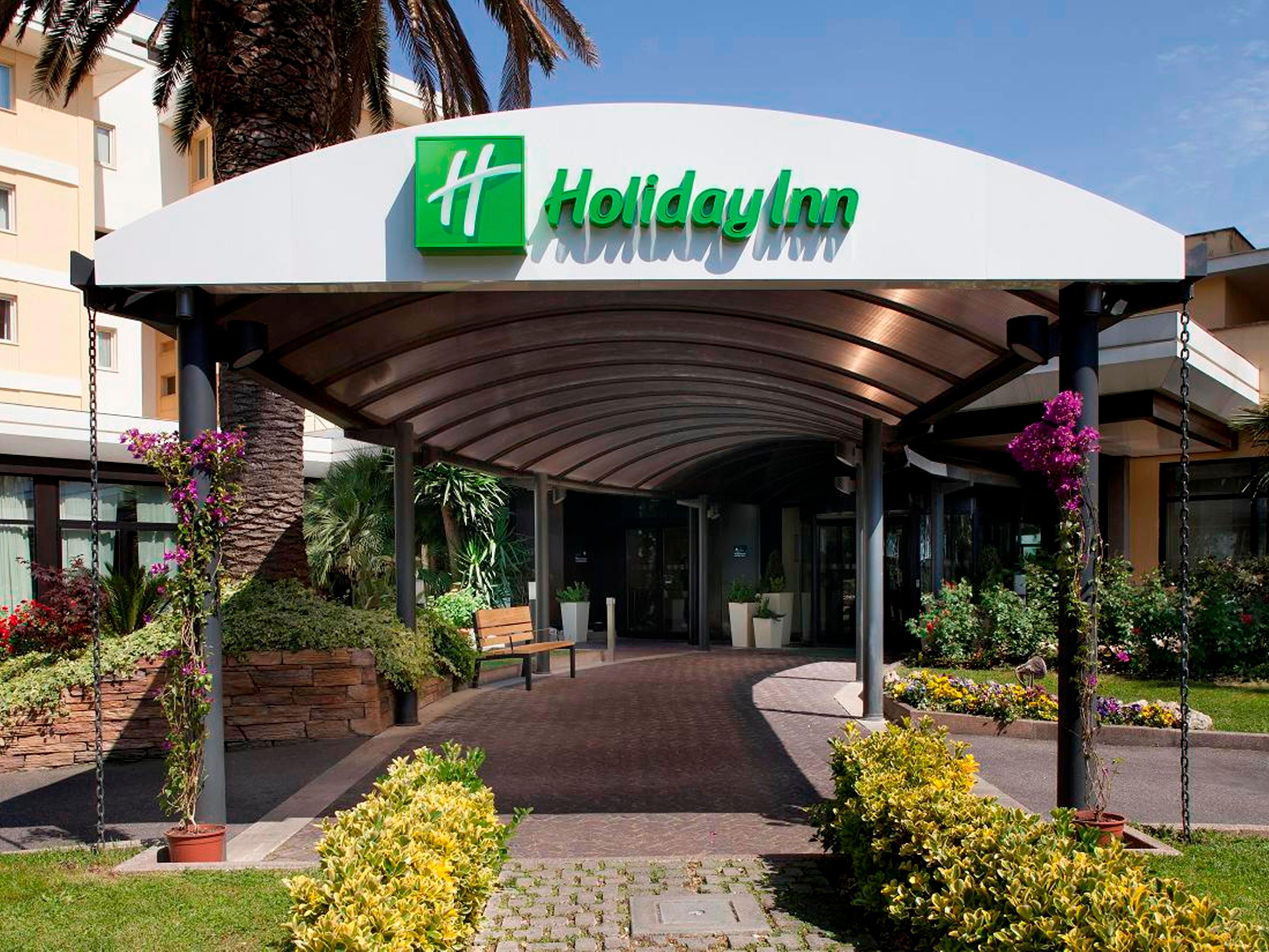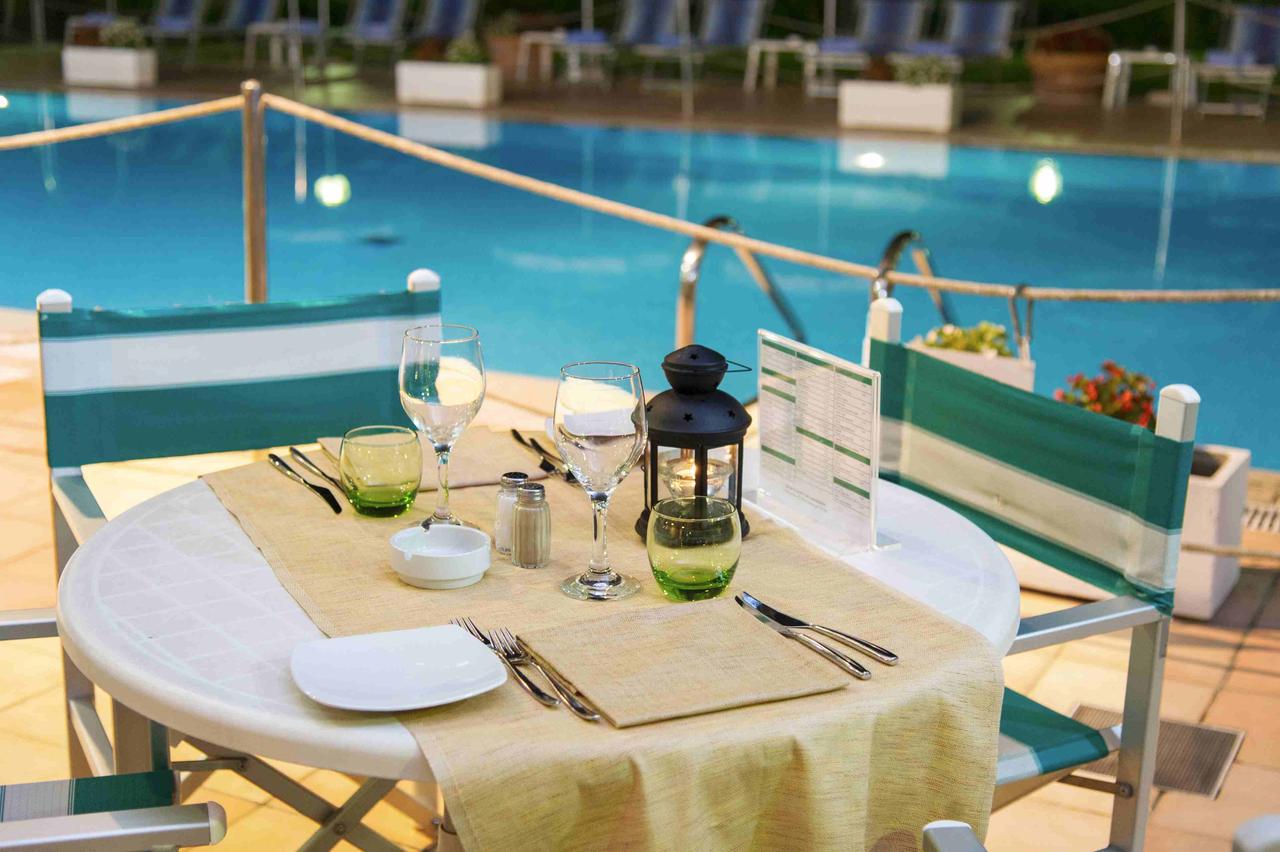Venue & Hospitality
Holiday Inn Rome - Aurelia
Via Aurelia Km 8,400



Borghese Gallery
One of the world’s great art collections, the haul that Cardinal Scipione Borghese assembled in the early 17th century in his Roman garden villa includes Titian’s Sacred and Profane Love, a gaggle of Caravaggios and Bernini’s sublime sculpture Apollo and Daphne - perhaps my single favourite work of art in the whole of Rome.
Colosseum
Ara Pacis
Crypta Balbi
In the 1980s, archeologists got to work in this centro storico site, digging down through Renaissance and medieval layers to the crypta itself – not a crypt in the modern sense but the courtyard and lobby of a theatre built by the wealthy Spaniard Cornelius Balbus in 13 BC.
00163 Roma
Italy
Conference Dates: May 17-18, 2018
Hotel Services & Amenities
- Audio/Visual Equipment Rental.
- Business Center.
- Business Phone Service.
- Complimentary Printing Service.
- Express Mail.
- Fax.
- Meeting Rooms.
- Office Rental.
- Photo Copying Service.
- Secretarial Service.
- Telex.
- Typewriter.
- Video Conference.
- Video Messaging.
- Video Phone.
- ATM.
- Baggage Storage.



Transportation
Driving Directions to
Route Map
About City
Rome is nicknamed the Eternal City for a reason. The challenge is deciding what not to do: there are so many churches, archaeological sites, piazzas and paintings to see that a lifetime is hardly enough.
Borghese Gallery
One of the world’s great art collections, the haul that Cardinal Scipione Borghese assembled in the early 17th century in his Roman garden villa includes Titian’s Sacred and Profane Love, a gaggle of Caravaggios and Bernini’s sublime sculpture Apollo and Daphne - perhaps my single favourite work of art in the whole of Rome.
Colosseum
Half circus, half sports arena, Rome’s most famous classical ruin is unmissable – especially now that they have extended the visitor route to the underfloor passageways through which gladiators and wild beasts made their entrances.
Ara Pacis
In 13BC the Emperor Augustus marched home from three years of imposing peace on his formerly fractious empire, and the Senate promptly commissioned a monument to mark his achievements.
Capitoline Museums
Capitoline Museums
By the time the public was given access to the Capitoline Museums in 1734, popes had been amassing this peerless collection of artworks for some 250 years.
Crypta Balbi
In the 1980s, archeologists got to work in this centro storico site, digging down through Renaissance and medieval layers to the crypta itself – not a crypt in the modern sense but the courtyard and lobby of a theatre built by the wealthy Spaniard Cornelius Balbus in 13 BC.
